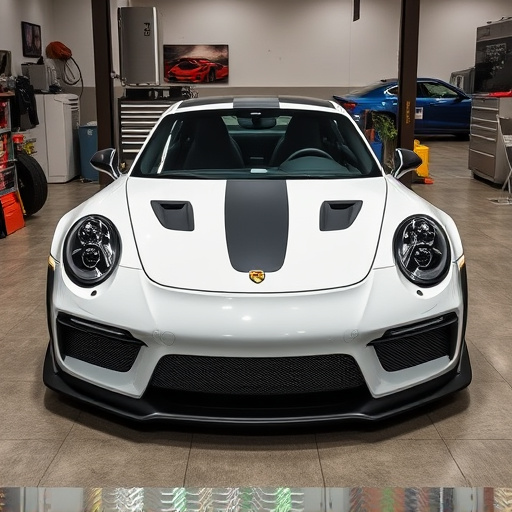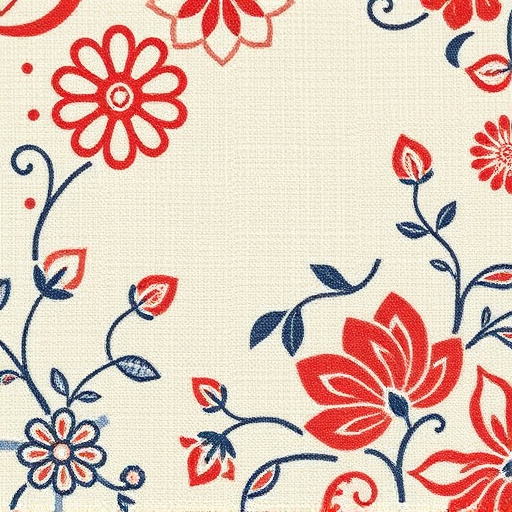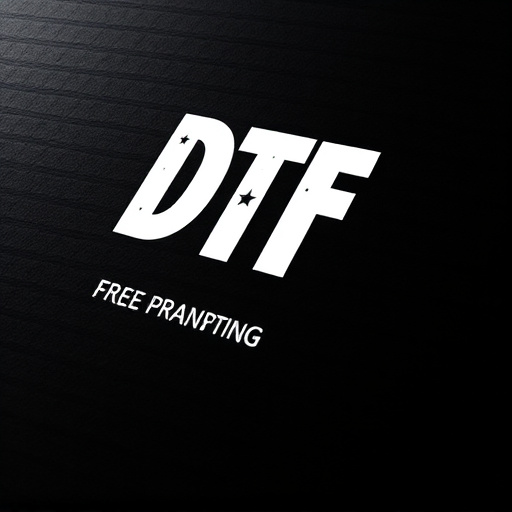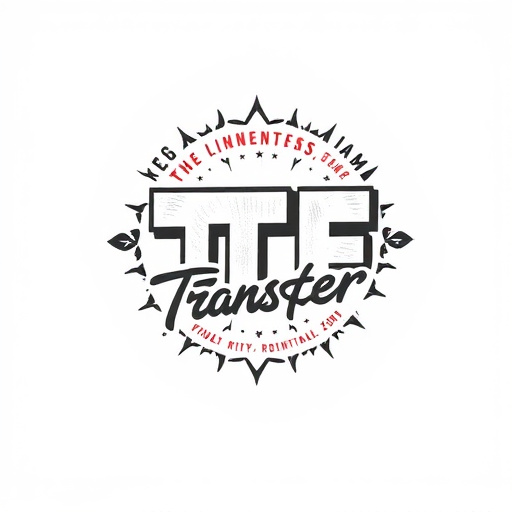Direct-to-Film (DTF) transfer technology revolutionizes digital-to-print conversion, offering precise color and detail reproduction akin to traditional film photography. This modern process eliminates chemical treatments and intermediate steps, appealing to both professionals and enthusiasts seeking high-quality, limited-edition prints. DTF printing preserves intricate details and tonal range, enhances artistic control, and ensures a tangible result that captures the essence of digital images in a unique, indelible way. With diverse applications from fine art to advertising, DTF's future looks bright with advancements driving higher resolutions and vibrant color, integrating new materials to expand its use into various creative fields.
Explore the captivating world of Direct-to-Film Transfer (DTF) printing—a revolutionary process that converts digital images into tangible film prints. This article delves into the intricacies of DTF, tracing its evolution and impact on modern photography. We’ll uncover the benefits of switching to DTF formats, break down essential equipment, and offer techniques for achieving exceptional results. Additionally, we’ll glimpse into the future of DTF transfer printing and its diverse applications.
- Understanding Direct-to-Film Transfer (DTF): A Process Overview
- The Evolution of DTF Technology and Its Impact on Photography
- Benefits of Converting Digital Images to DTF Format
- Key Components and Equipment in DTF Printing
- Mastering the Art: Techniques for Optimal DTF Results
- Applications and Future Trends in DTF Transfer Printing
Understanding Direct-to-Film Transfer (DTF): A Process Overview
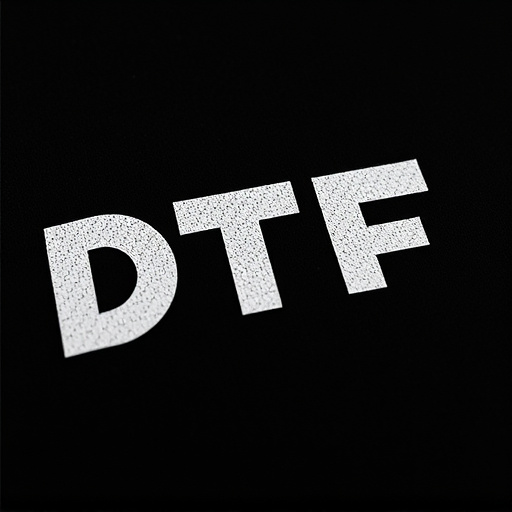
Direct-to-Film Transfer (DTF) is a cutting-edge process that revolutionizes the way we convert digital images into physical prints, offering an authentic film-like experience. This innovative technique bypasses traditional printing methods by directly transferring photographic data onto film stock, resulting in high-quality, unique DTF prints. The process involves sophisticated software and specialized equipment to ensure precise color reproduction and sharp details, mimicking the look and feel of traditional film photography.
DTF offers a range of benefits for both professional photographers and enthusiasts. It enables them to capture the subtleties of light and color, creating vibrant images with a distinct cinematic aesthetic. DTF prints are not only visually stunning but also possess an indelible quality, making each print one-of-a-kind. This process has gained popularity due to its ability to enhance the artistic expression in photography while providing a tangible, long-lasting result.
The Evolution of DTF Technology and Its Impact on Photography
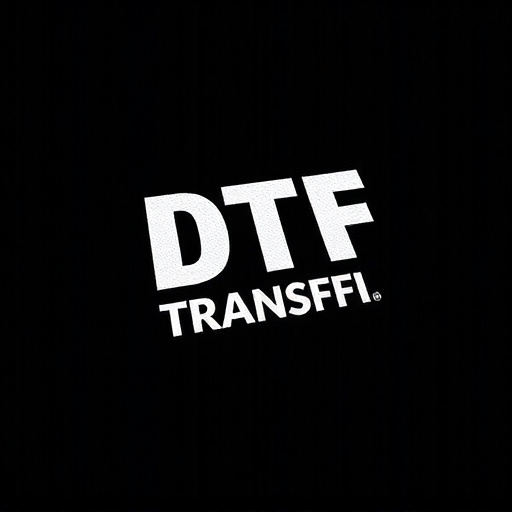
The evolution of Direct-to-Film (DTF) transfer technology has revolutionized the way photographers capture and reproduce their images. What was once a cumbersome process involving chemical treatments and traditional film has transformed into a modern, digital-age solution. DTF technology allows for the precise conversion of photographic images directly onto film, offering an authentic and nostalgic experience in the digital photography era. This method preserves the intricate details and tonal range of digital photos while providing a tactile, physical result akin to traditional film prints.
With advancements in printing techniques, DTF has gained popularity among photographers and enthusiasts seeking unique, high-quality prints. The impact of DTF technology extends beyond nostalgia; it empowers artists to create limited-edition prints with exceptional depth and clarity. This process enables the preservation of photographic art for generations, ensuring that the visual legacy of an image remains true to its original intent, making DTF a game-changer in modern photography and printing.
Benefits of Converting Digital Images to DTF Format

Converting digital images to a direct-to-film (DTF) transfer format offers several compelling advantages for photographers and artists looking to print their work. One of the key benefits is the preservation of color accuracy and detail, ensuring that the final prints closely replicate the original digital image. DTF printing eliminates many of the issues associated with traditional printing methods, such as color shifting or inconsistent quality, providing a more reliable and high-fidelity outcome.
Additionally, DTF format streamlines the printing process, making it accessible to both professionals and enthusiasts. By eliminating the need for intermediate file formats or complex settings adjustments, photographers can directly transfer their digital images to film, simplifying workflow and reducing potential errors. This direct approach also allows for a greater sense of artistic control, as the final print closely mirrors what is seen on-screen, enabling artists to achieve their creative vision more accurately.
Key Components and Equipment in DTF Printing

The process of converting photographic images to a direct-to-film transfer (DTF) format involves several key components and specialized equipment to achieve high-quality prints. At its core, DTF printing requires a film emulator or scanner that can digitize the original image with remarkable accuracy, preserving details and color nuances. This digital file is then prepared for printing using dedicated software that optimizes the image for the specific film stock used in the transfer process.
Essential equipment includes a high-resolution film scanner, capable of capturing intricate details at 4000 DPI or higher, ensuring sharp and precise prints. The printer itself should be a top-quality, high-volume machine designed for DTF printing, using heat and pressure to fuse the digital image onto chosen film stock. Additionally, a precise cutting tool is necessary to neatly trim each print from the film, resulting in clean, professional DTF prints that capture the essence of the original photographic art.
Mastering the Art: Techniques for Optimal DTF Results
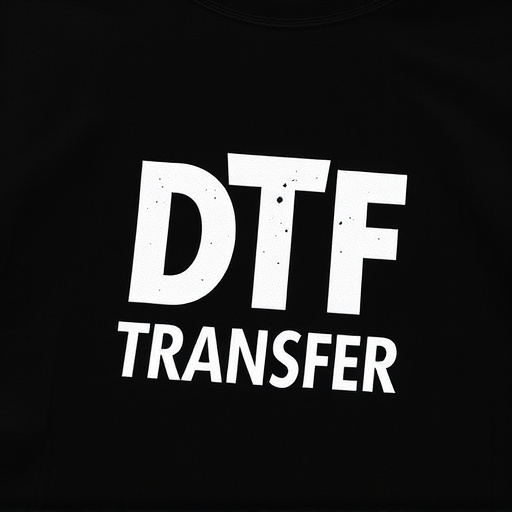
Mastering the Art: Techniques for Optimal DTF Results
Converting photographic images to a direct-to-film (DTF) transfer format requires an understanding of both the technology and the artistic nuances involved. The goal is to achieve prints that not only accurately represent the original image but also capture the essence of film’s unique aesthetic. This starts with choosing the right file format—like TIFF or PNG—for the best balance between color accuracy and detail retention during the transfer process.
Next, pre-processing the image is key. Adjusting exposure, contrast, and color balance ensures that the final print meets the desired visual standards. Fine-tuning these settings through multiple test prints allows for precise control over the outcome. Additionally, considering factors like grain structure and film speed mimics the look of traditional film photography, enhancing the DTF prints’ authenticity and artistic appeal.
Applications and Future Trends in DTF Transfer Printing

The Direct-to-Film (DTF) transfer printing process has found its niche in various creative fields, offering a unique and nostalgic approach to capturing images on film. Its applications are diverse; from fine art photography where artists can create limited-edition prints with a distinct vintage aesthetic, to commercial projects like advertising and branding, where DTF allows for eye-catching, customizable packaging and promotional materials. This technique is especially appealing due to its ability to preserve the intricate details and rich colors of photographic images on various media, including paper, canvas, and even metal.
Looking ahead, the future of DTF transfer printing appears promising with advancements in technology and increasing demand for unique, personalized products. As digital imaging continues to evolve, the process can be further refined to offer higher resolutions and more vibrant color reproduction. Additionally, the integration of new materials and substrates may expand the capabilities of DTF Printing, enabling the creation of innovative art installations, interactive exhibits, and even customizable wearable items. These future trends suggest that DTF transfer printing will remain a sought-after method for those seeking to create distinctive, film-based prints with a timeless appeal.




